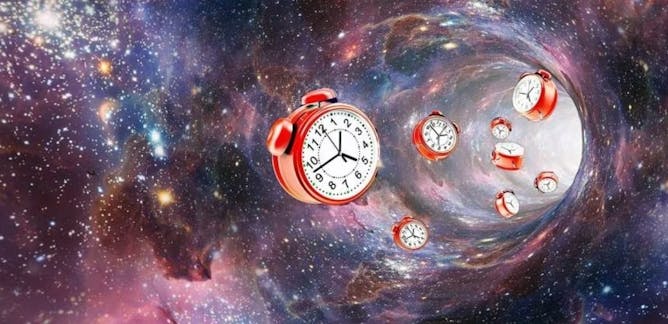
Articles on Time travel
Displaying 1 - 20 of 25 articles

Scientists are trying to figure out if time travel is even theoretically possible. If it is, it looks like it would take a whole lot more knowledge and resources than humans have now to do it.

Black holes could take us to the future, and maybe even the past. The hard part would be surviving the trip.

An astrophysicist explains what wormholes are and how these theoretical space-time tunnels have popped up in the solutions to a set of decadesold equations.

Albert Einstein might have the answer.

Theories exploring the possibility of time travel rely on the existence of types of matter and energy that we do not understand yet.

There’s a special type of particle called a ‘tachyon’ which would have to travel faster than the speed of light. But here’s the hitch – we can’t prove tachyons even exist.

Scientifically speaking, for time travel to exist, so must parallel timelines. This theory addresses the paradoxes that arise when studying the possibility of time travel.

Gravity is something every person on Earth intuitively understands: It is what keeps you on the ground. But how come gravity pulls down, rather than pushes up? Einstein came up with the answer.

Bending space into warp bubbles to travel faster than light may never be a reality, but distorting the flow of time just might be possible.

There are two types of time travel: going back in time and going forward in time. And remarkably, people can feel time at different rates - but usually don’t notice it.

Feel like visiting another star system or dimension? You can do this by traveling through a spacetime portal of a black hole. But you better choose carefully. All black holes are not created equal.

Back to the Future is one of the most loved films from the 1980s, and galvanised audiences across every demographic. In this episode of Close-Up, Bruce Isaacs looks at the politics underpinning the film.
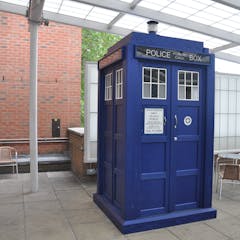
Who wouldn’t want to travel in time, glimpsing the dinosaurs or peeking at humans 2,000 years from now? Now physicists have designed a time machine that seems deceptively simple.
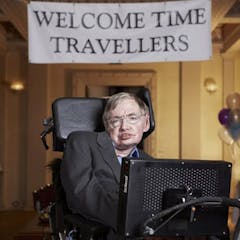
Despite his playful optimism, Hawking recognised that the undiscovered laws of physics may prevent time travel.
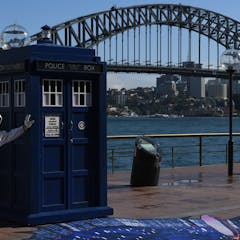
Whether booking in a colonoscopy or choosing where to buy coffee, your memory and ability to visualise future scenarios shape life’s most important decisions.
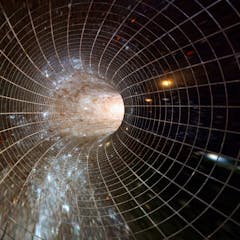
Simon John James and Richard Bower chat about differing conceptions of what it is to travel through time.

A philosophical assessment of the latest Star Trek films demonstrates their sophistication.

CC BY-ND31.9 MB (download)
A podcast on time: telling it, perceiving it, doing it and travelling through it.
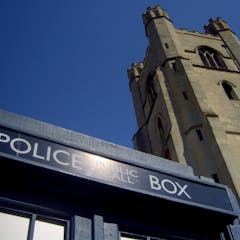
It is possible – with just a couple of awkward provisos.

The movie got some predictions right on what Doc and Marty would find when the arrive in the “future” today. But what could they find if they took another 30 year leap into the future?






